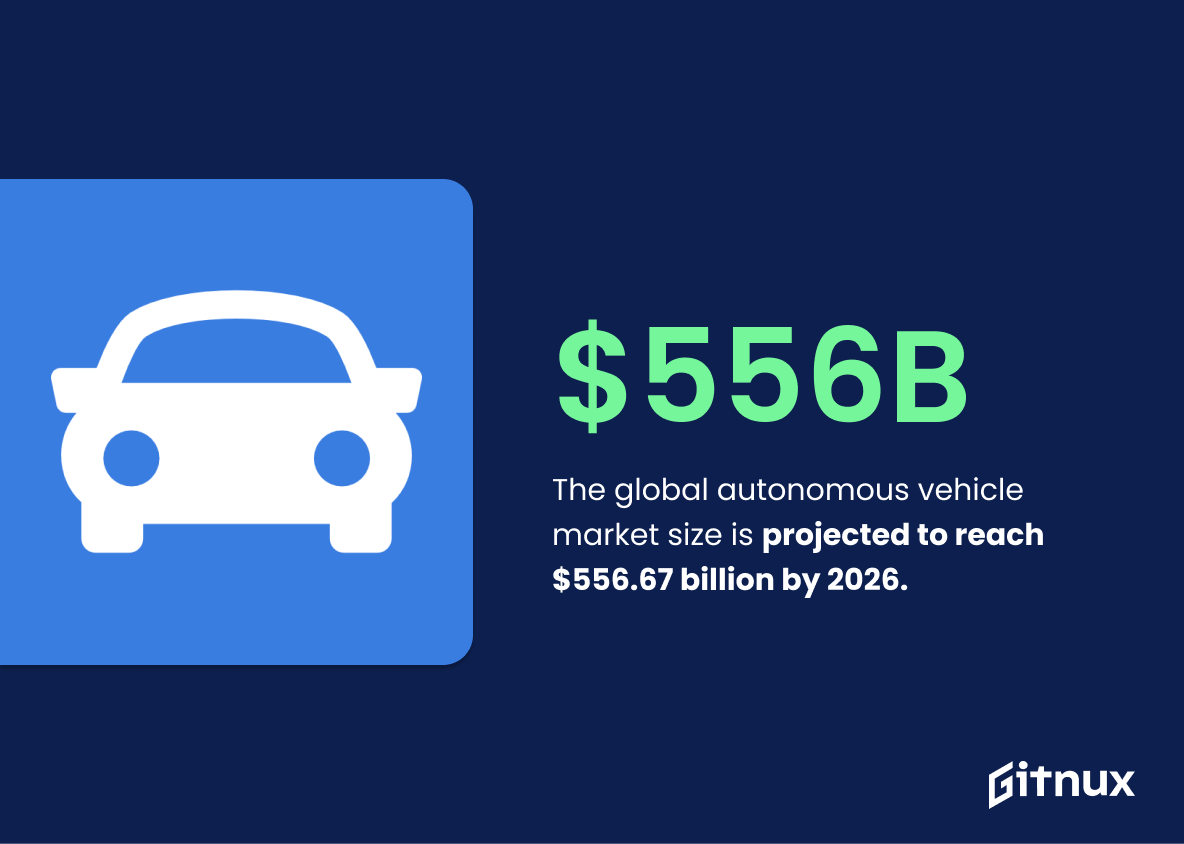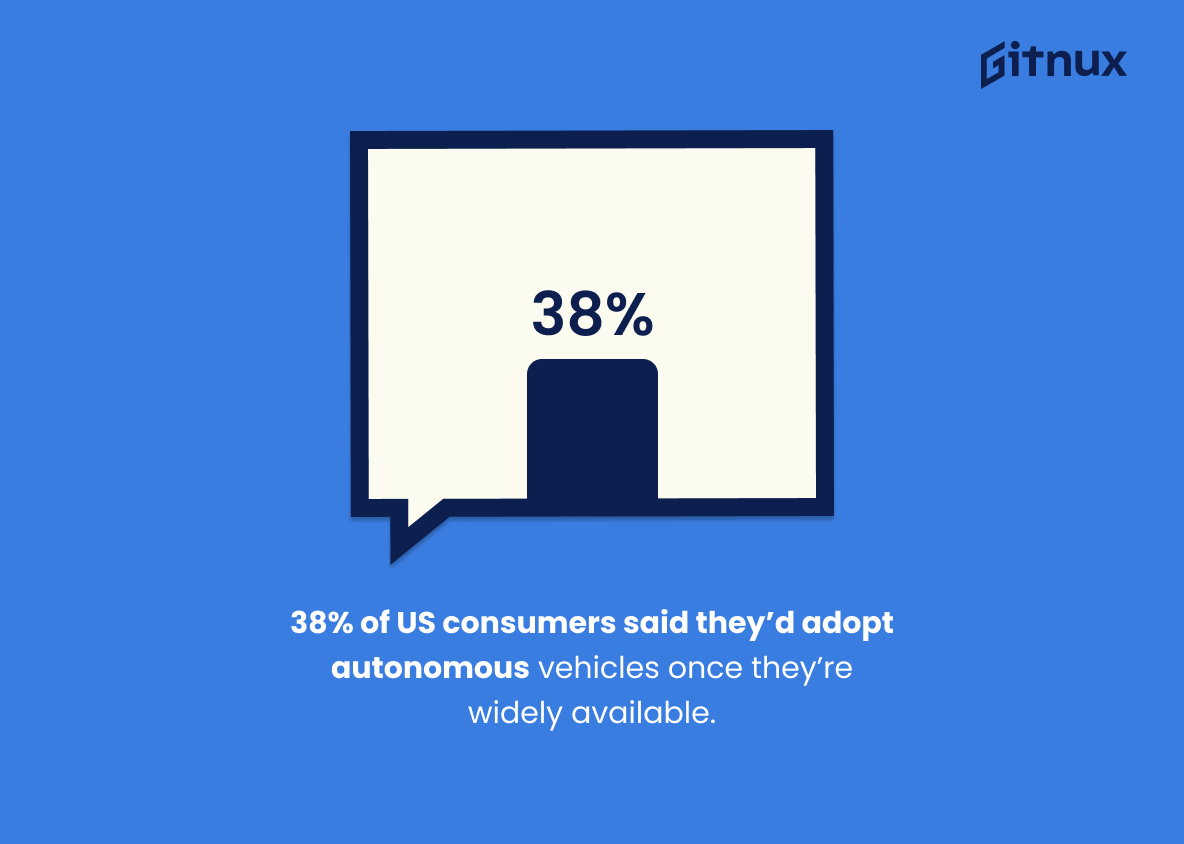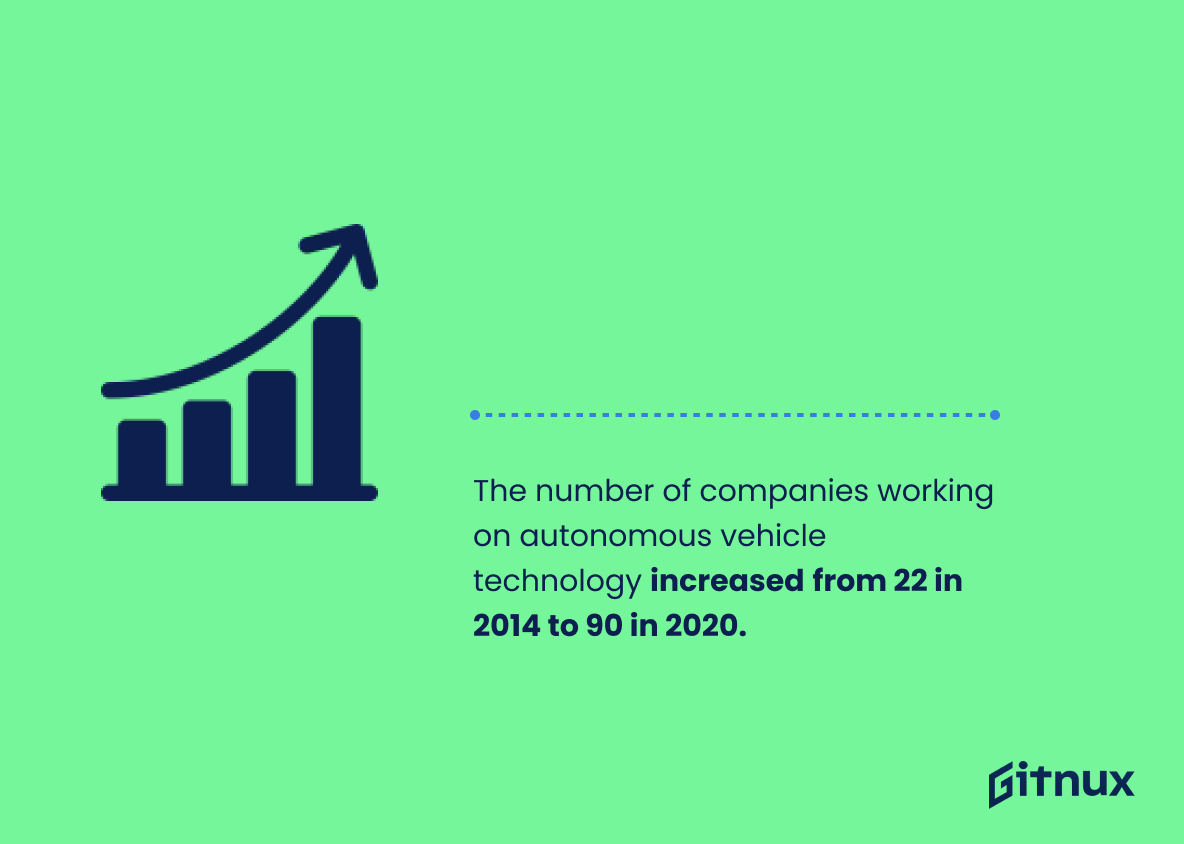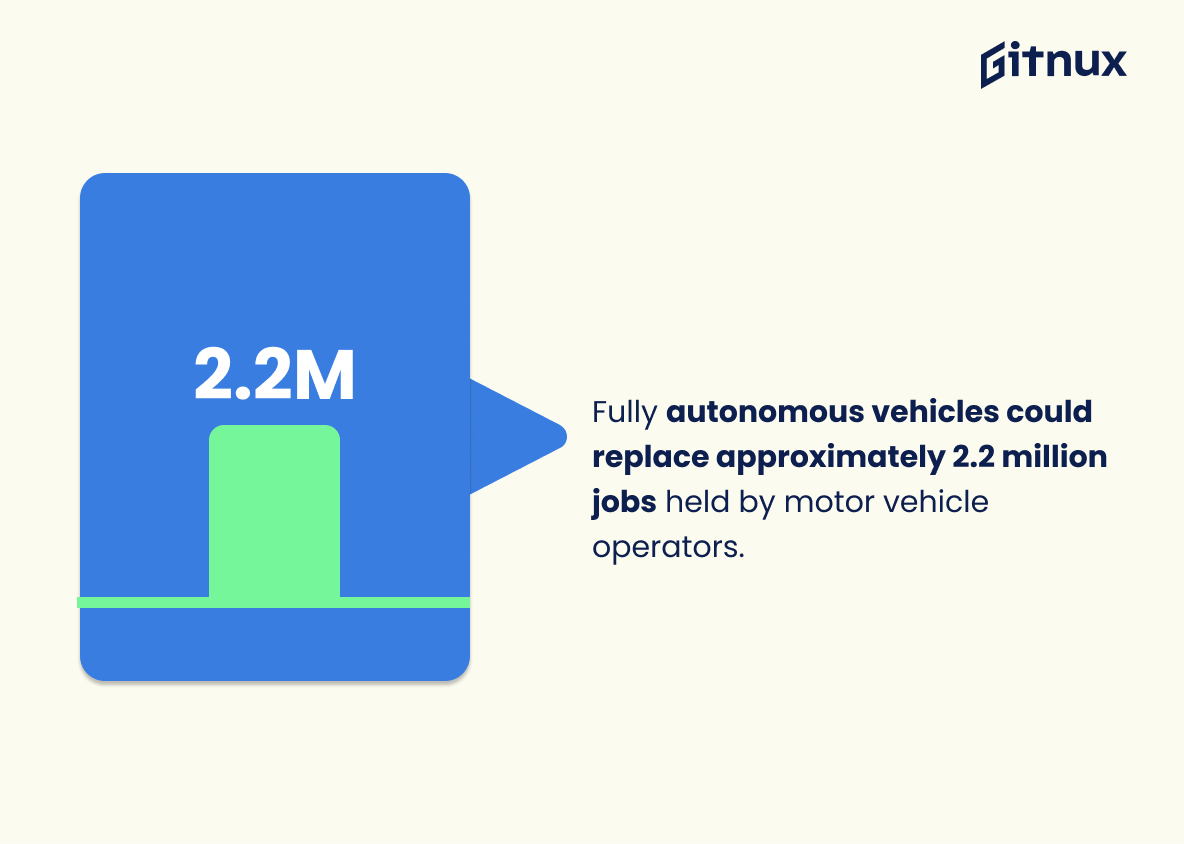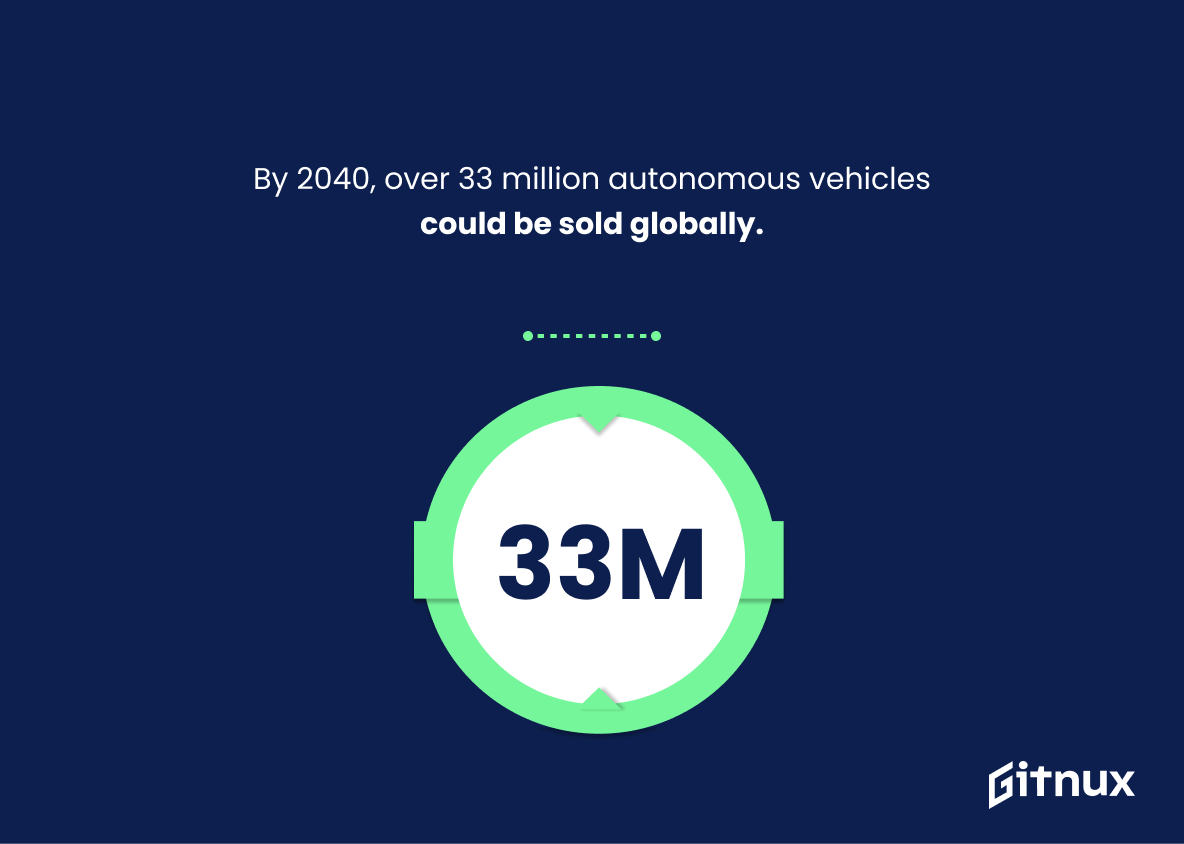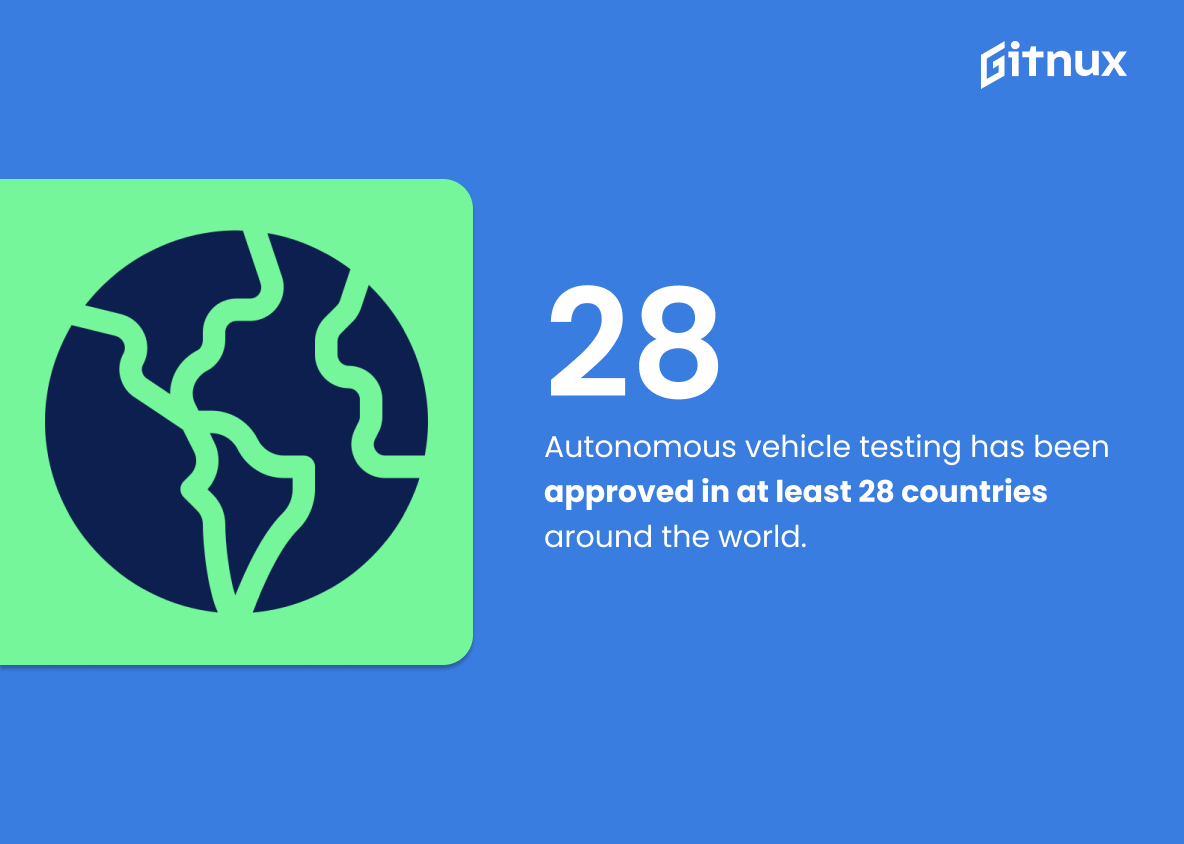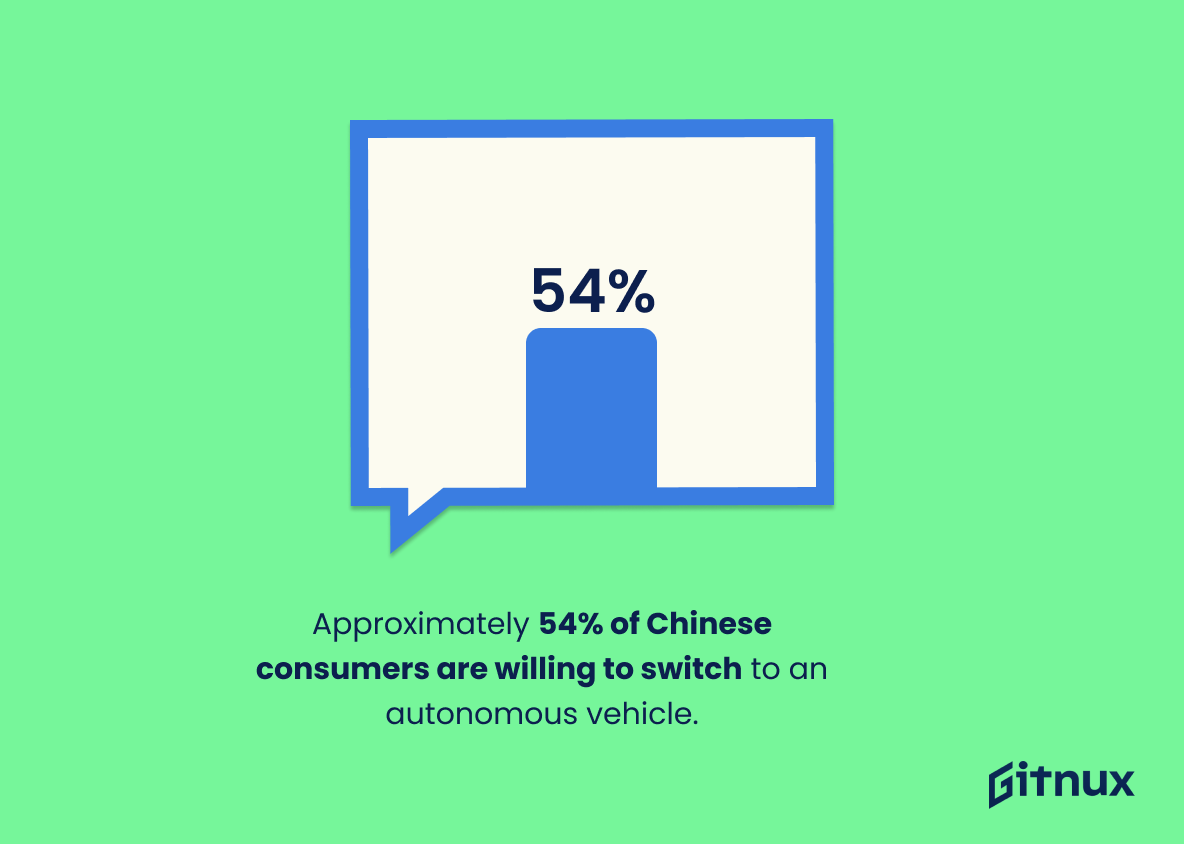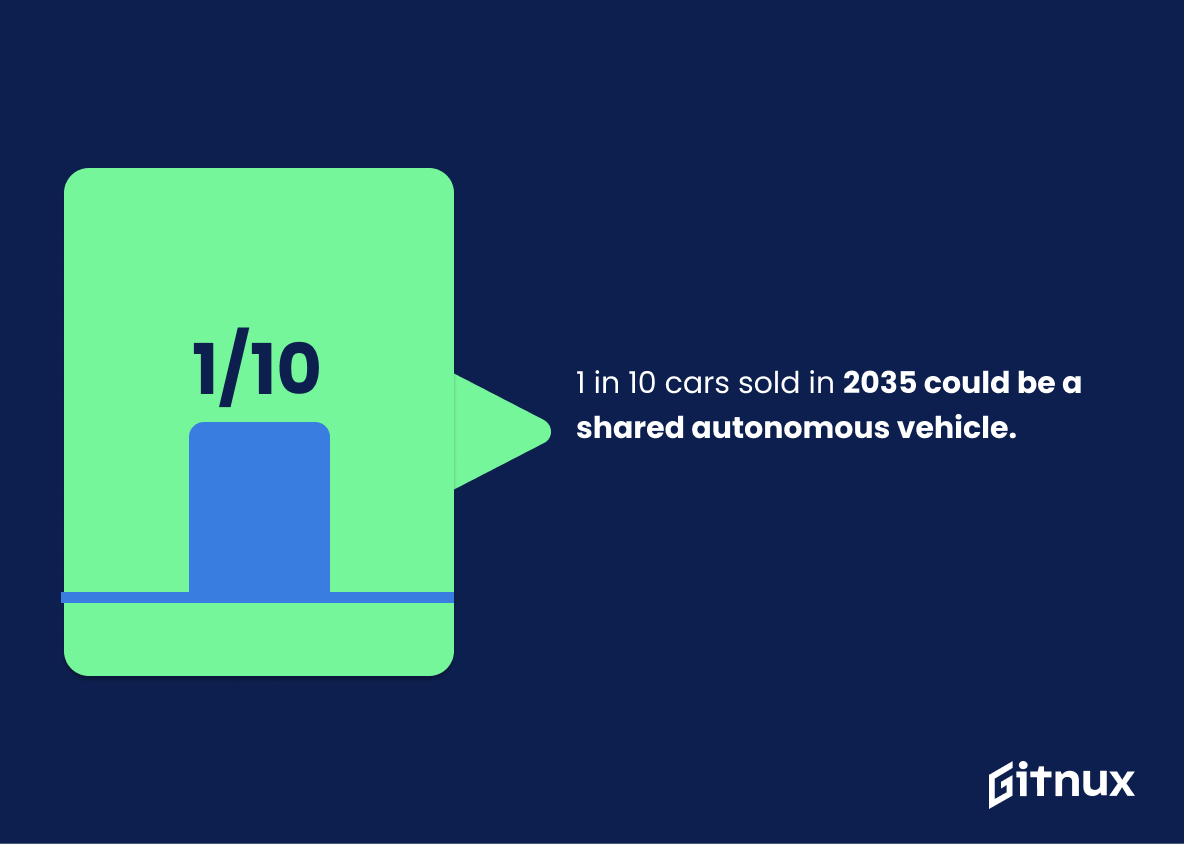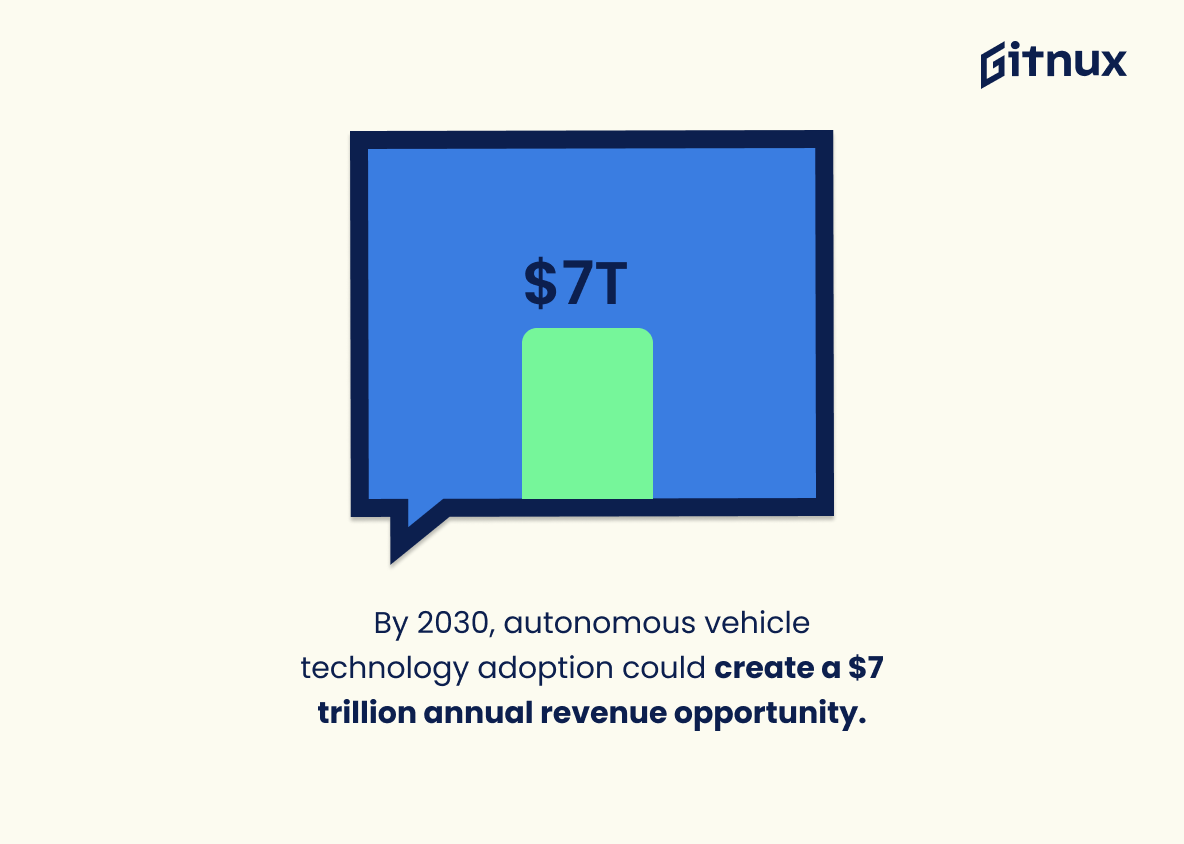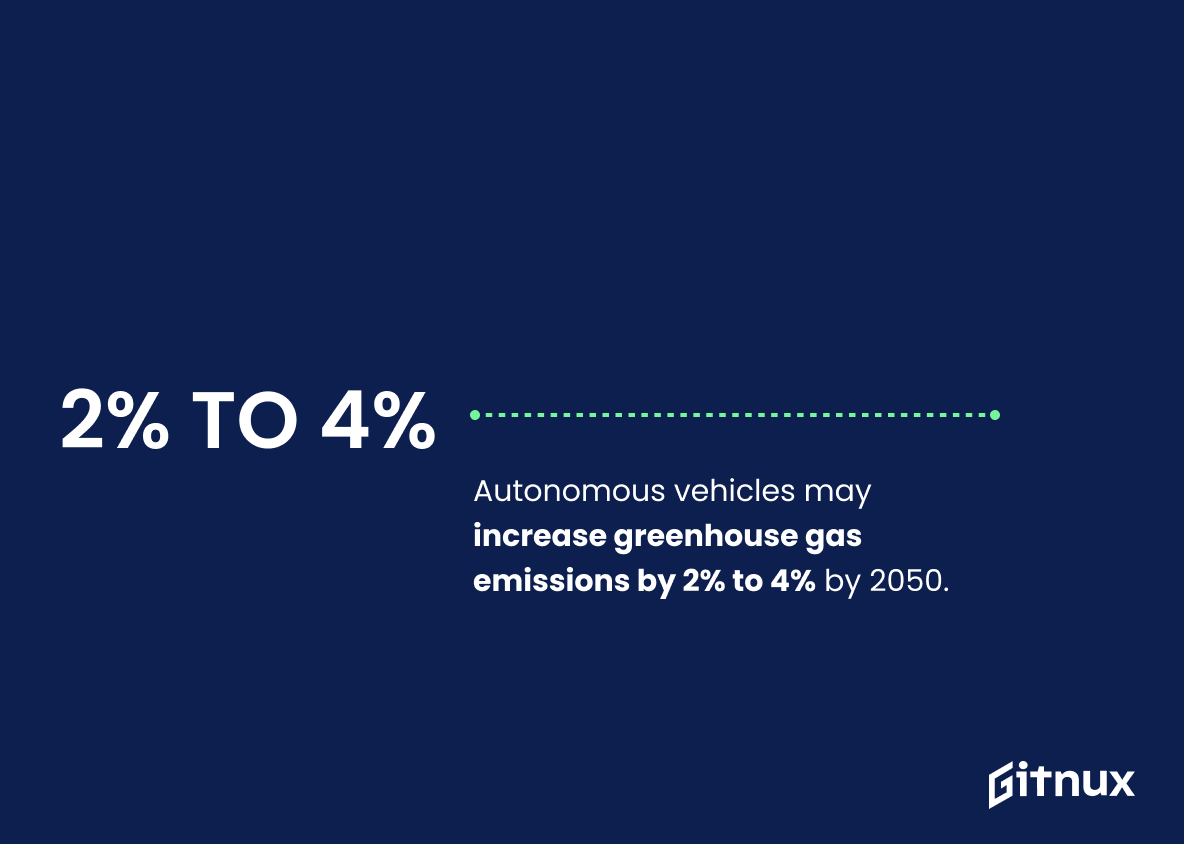Autonomous vehicles are quickly becoming a reality, and the statistics surrounding them paint an exciting picture of what’s to come. By 2030, it is anticipated that autonomous vehicles could account for up to 15% of global new car sales. Autonomous vehicles have the potential to reduce traffic collisions by 90%, while their market size is projected to reach $556.67 billion by 2026. Despite these impressive figures, approximately 60% of US drivers remain unsure about riding in a self-driving car – though 38% said they’d adopt autonomous vehicle technology once it becomes widely available.
The number of companies working on autonomous vehicle technology has increased from 22 in 2014 to 90 in 2020; fully automated cars could replace 2.2 million jobs held by motor vehicle operators and save over $100 billion annually due to time wasted during commutes alone. It’s estimated that 33 million such cars will be sold globally by 2040, with testing already approved in 28 countries around the world – including 1,400 self-driving cars being tested on public roads within the United States today. Chinese consumers appear more willing than Americans when it comes adopting this tech: 54% would switch compared with just 38%.
By 2050 95 percent passenger miles may be traveled via AVs which also have great potential for reducing parking space needs (upwards of 90%) as well as creating a massive revenue opportunity ($7 trillion) each year until then too. However there are some environmental concerns associated with this shift towards autonomy: greenhouse gas emissions might increase between 2%-4%. On top of all this we can expect 50 billion hours worth or commuting time reclaimed thanks AVs making our lives easier and safer every day.
Autonomous Vehicle Statistics Overview
The global autonomous vehicle market size is projected to reach $556.67 billion by 2026.
This statistic is a testament to the potential of the autonomous vehicle market, indicating that it is set to experience tremendous growth in the coming years. It is a clear indication that the autonomous vehicle industry is on the rise, and that it is likely to become an increasingly important part of the global economy. This statistic is an important piece of information for anyone interested in the autonomous vehicle industry, as it provides a glimpse into the future of the industry and the potential for growth.
38% of US consumers said they’d adopt autonomous vehicles once they’re widely available.
This statistic is a telling indication of the potential success of autonomous vehicles. It shows that a significant portion of the population is open to the idea of using them, which could lead to a surge in their adoption once they become widely available. This could be a major boon for the industry, as it could lead to a rapid increase in the number of autonomous vehicles on the roads.
The number of companies working on autonomous vehicle technology increased from 22 in 2014 to 90 in 2020.
This statistic is a testament to the rapid growth of the autonomous vehicle industry. It shows that the technology is becoming increasingly popular and more companies are investing in it. This indicates that the technology is becoming more reliable and efficient, and that it is becoming a viable option for transportation. It also shows that the industry is growing and that more people are interested in the technology. This is an important statistic to consider when discussing the future of autonomous vehicles.
Fully autonomous vehicles could replace approximately 2.2 million jobs held by motor vehicle operators.
This statistic is a stark reminder of the potential impact autonomous vehicles could have on the workforce. With the potential to replace over two million jobs, it is clear that the introduction of autonomous vehicles could have a significant effect on the job market. This statistic serves as a warning to those who may be affected by the introduction of autonomous vehicles, and highlights the need for careful consideration of the implications of this technology.
By 2040, over 33 million autonomous vehicles could be sold globally.
This statistic is a powerful indicator of the potential impact autonomous vehicles could have on the global market. It suggests that in the next two decades, the number of autonomous vehicles sold could reach an unprecedented level, revolutionizing the way people travel and commute. This could have a huge impact on the automotive industry, as well as on the environment, as autonomous vehicles are expected to be more efficient and eco-friendly than traditional vehicles.
Autonomous vehicle testing has been approved in at least 28 countries around the world.
This statistic is a testament to the global reach of autonomous vehicle technology. It shows that the technology is being embraced by countries around the world, indicating that it is becoming increasingly accepted as a viable form of transportation. This is an important milestone for the industry, as it demonstrates that autonomous vehicles are becoming a viable option for many countries.
Approximately 54% of Chinese consumers are willing to switch to an autonomous vehicle.
This statistic is a telling indication of the potential for autonomous vehicles in the Chinese market. It suggests that a majority of Chinese consumers are open to the idea of switching to an autonomous vehicle, which could be a major boon for the industry. This statistic is a valuable insight into the attitudes of Chinese consumers towards autonomous vehicles, and could be a key factor in determining the success of the technology in the region.
By 2050, 95% of passenger miles could be traveled via autonomous vehicles.
This statistic is a powerful indicator of the potential of autonomous vehicles to revolutionize the way we travel. By 2050, the majority of passenger miles could be traveled via autonomous vehicles, suggesting that this technology could become the primary mode of transportation in the near future. This statistic is a testament to the potential of autonomous vehicles to revolutionize the way we move, and it is an exciting prospect for the future of transportation.
1 in 10 cars sold in 2035 could be a shared autonomous vehicle.
This statistic is a telling indication of the future of the automotive industry. It suggests that in the near future, one out of every ten cars sold will be a shared autonomous vehicle, indicating a shift away from traditional car ownership and towards a more shared, autonomous model. This statistic is a powerful reminder of the potential of autonomous vehicles to revolutionize the way we travel and transport goods.
The United States has the highest autonomous vehicle readiness index score at 26.22.
This statistic is a testament to the United States’ commitment to the development of autonomous vehicles. It demonstrates that the country is leading the way in terms of its readiness to embrace the technology, and is setting the standard for other countries to follow. This is an important indicator of the progress being made in the field, and a sign that the US is at the forefront of the autonomous vehicle revolution.
Self-driving cars could reduce needs for parking space by up to 90%.
This statistic is a game-changer in the context of Autonomous Vehicle Statistics. With self-driving cars drastically reducing the need for parking space, cities can now look forward to freeing up valuable real estate for other uses. This could mean more green spaces, more efficient public transportation, and more vibrant urban centers.
By 2030, autonomous vehicle technology adoption could create a $7 trillion annual revenue opportunity.
This statistic is a game-changer for the autonomous vehicle industry, as it suggests that the potential for revenue generation is immense. It is a clear indication that the industry is on the cusp of a major breakthrough, and that the potential for growth is immense. This statistic is a powerful reminder of the potential of autonomous vehicle technology, and it should be a major focus of any blog post about Autonomous Vehicle Statistics.
The environmental impact of autonomous vehicles could result in a 2% to 4% increase in greenhouse gas emissions by 2050.
This statistic is a stark reminder of the potential environmental consequences of autonomous vehicles. By 2050, the emissions from these vehicles could contribute to a significant increase in greenhouse gases, which could have a devastating effect on the planet. This statistic serves as a warning to those considering the use of autonomous vehicles, and should be taken into account when making decisions about the future of transportation.
Conclusion
The statistics presented in this blog post demonstrate the potential of autonomous vehicles to revolutionize transportation. Autonomous vehicle technology could account for up to 15% of global new car sales by 2030, reduce traffic collisions by 90%, and create a $7 trillion annual revenue opportunity. Additionally, it has been estimated that self-driving cars could reclaim up to 50 billion hours of passenger commuting time each year while reducing needs for parking space by up to 90%. However, there are still some challenges ahead as approximately 60% of US drivers remain unsure about riding in a self-driving car and environmental impact studies suggest an increase in greenhouse gas emissions between 2%-4% by 2050. Despite these obstacles, the number companies working on autonomous vehicle technology is increasing rapidly with over 1,400 being tested on public roads across the United States alone. As more countries approve testing and consumer confidence grows worldwide – particularly among Chinese consumers where 54% have expressed willingness to switch – we can expect fully autonomous vehicles will become widely available within 20 years when they may replace around 2 million jobs held motor vehicle operators today.
References
0. – https://www.mckinsey.com
1. – https://www.bts.gov
2. – https://www.brookings.edu
3. – https://www.ihsmarkit.com
4. – https://www.iopscience.iop.org
5. – https://www.statista.com
6. – https://www.pwc.com
7. – https://www.rand.org
8. – https://www.strategyand.pwc.com
9. – https://www.weforum.org
10. – https://www.fortunebusinessinsights.com
11. – https://www.rff.org
12. – https://www.forbes.com
13. – https://www.kpmg.com
